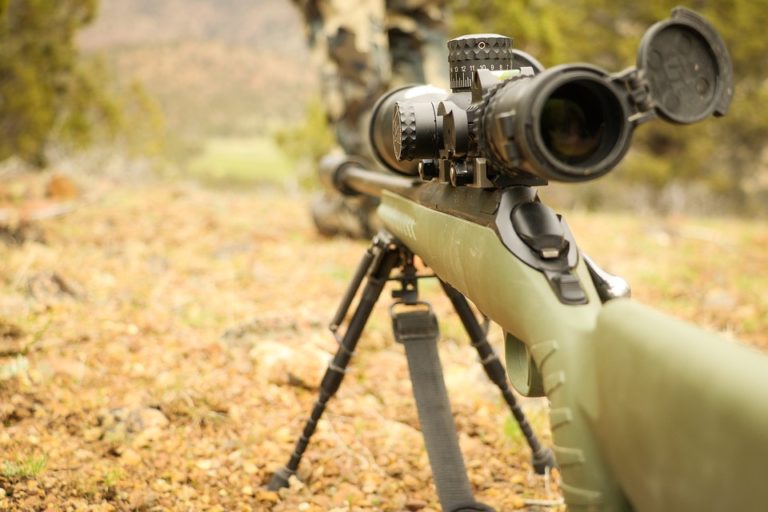
Although it is a tad cliché, I like to think of Firearm Fundamentals as a tree. Firstly, and most importantly, there are the roots: Firearm Safety. Next comes the trunk: Marksmanship. Then, Marksmanship branches out into three main limbs: Before the Shot, During the Shot, After the Shot. Finally, these limbs divide out into smaller branches which are the finer details of Marksmanship.
So, let’s start with the roots: Firearm Safety.
Please note that this is not meant as a substitute for Canada's “vital four ACTS”, but more as a supplement.
I have seen various different interpretations of firearms safety rules in many shooting communities (including military, law enforcement, and civilian) around the world. I have seen lists ranging from three rules to thirty. Whilst some of these rules are founded in solid logic, the way they are expressed is often misleading and over complicated.
Over the years, I have distilled these varied lists down to five fundamentally essential safety rules which every firearms user should adhere to at all times, and I express them thusly:
1 – Always keep firearms pointed in the safest available direction.
This is my first priority when I am considering firearms safety. Unsafe muzzle direction is the sole reason people get injured in the case of a negligent or accidental discharge.
This rule appears on almost every list, but it is often expressed in unrealistic terms. For example: “never point your firearm at anything you don’t want to destroy”. That isn’t practical because there are plenty of times when you have no choice but to break the rule. Like putting your gun in the safe. I don’t want to destroy my safe, but in order for the gun to be stored in it, it has to be pointing at some part of it!
Therefore, you choose the safest available direction and point your gun in it. Which particular direction you choose will, of course, depend on the circumstances.
2 – Treat all firearms as loaded.
Another common rule, and this one is fairly self-explanatory.
3 – Keep the trigger and trigger guard clear until you are pointing at a legitimate target and ready to fire.
Again, this rule is fairly universal but usually poorly worded. For example: “keep your finger off the trigger and out of the trigger guard…” I don’t like to specify “finger”. People need to be aware of anything that could potentially press the trigger; like the zipper of a jacket, or a twig in the bush.
Another example: “…until your sights are on target…” Whilst I understand that your sights (if correctly set up) always point where the gun points, there are times when the shooter can’t see them. Sometimes you want to fire when you aren’t using your sights. Competition shooters, and professionals who use firearms for self defence, often need to “point shoot” at close range where the application of sights is not realistic.
4 – Be sure of your target and its surroundings.
Not adhering to this rule causes many injuries (and the occasional death) particularly during hunting season. People get excited about shooting their first buck, and don’t take the time to assess the target properly. You must always be sure of what you are aiming at, what is behind it, what is in front of it, and what is next to it.
5 – Store firearms and ammunition safely.
This rule doesn’t appear on every list because it isn’t considered a “firearms handling” rule. But I think it is essential. Firearms owners need to make sure that they’re not only following the law, but that they’re do everything reasonably possible to prevent their firearms or ammunition from ending up in the wrong hands.
Some of the longer lists I have seen include other good rules like “avoid alcohol and drugs when handling firearms”. I don’t include that example on my list because, whilst I certainly agree with the statement, it doesn’t make a person any safer than following the five rules above. If a person is too drunk to follow those five rules, then adding a sixth rule for them not to follow isn’t going to help!
Many safe, experienced shooters will consider these rules to be common sense, and they should go without saying. But I don’t agree. These days “common sense” should be re-branded as “rare sense”, and safety rules should never go without saying; say them often, and say them loud!